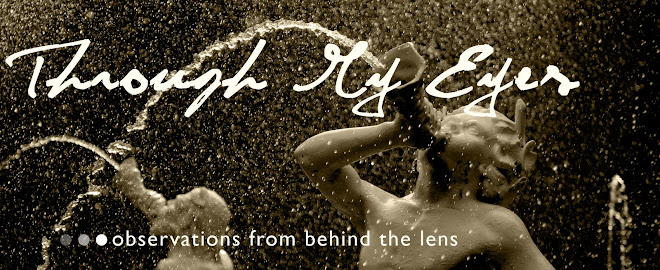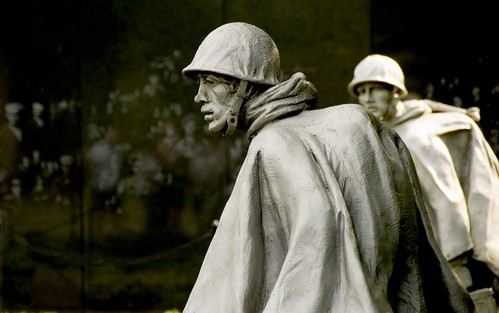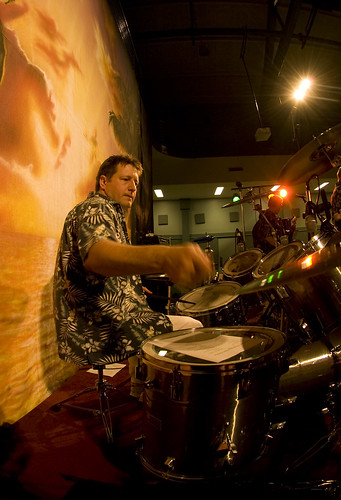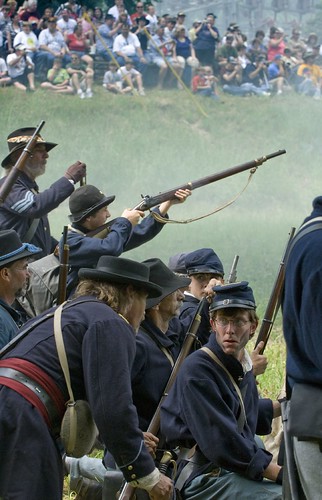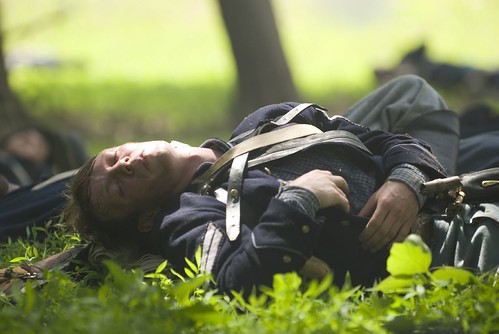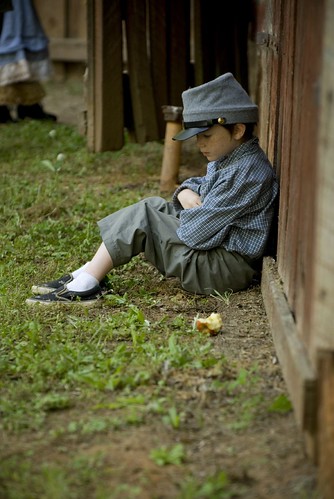In October, Gypsy started making a strange smacking noise. Something was clearly bothering her. A few weeks later, the roof of her mouth started swelling. The vet put her on prednisone and we hoped for the best. But the growing tumor was stronger than the drugs. Over time, she started drooling and eventually began to rub her mouth on any sharp corner, obviously trying to ease the constant irritation. The vet had warned that her quality of life would deteriorate and that we would know when it was time to consider humane options. After marked weight loss and a dramatic increase in bleeding, a bad thing for a so
 lid white cat, we realized that the time had come.Thursday afternoon, the kids said their goodbyes and we took her to the vet for one final visit. I was very impressed by the compassion and class demonstrated by the vet’s staff. But after saying our own goodbyes, an IV was inserted and she slipped off to a final sleep.
lid white cat, we realized that the time had come.Thursday afternoon, the kids said their goodbyes and we took her to the vet for one final visit. I was very impressed by the compassion and class demonstrated by the vet’s staff. But after saying our own goodbyes, an IV was inserted and she slipped off to a final sleep.In emotional times, it’s easy to find connections that aren’t necessarily there or ordinarily sensed. Gypsy’s death could have been seen as symbolic of other surrounding foundations that have serious cracks and structural failures. Without a doubt, she was seemingly a final “living” connection to two important people from my past.Gypsy was one of dozens of kittens that were born underneath my grandmother’s house. One of nine sisters, my grandma Mullis was as country as country could be. She introduced me to “eggs and brains” and “souse meat”—don’t expect me to explain it here. Look it up for yourself. I refused to eat them then, and I still do. But she also always had cats, a constant source of entertainment for me as a child. In 1994, on the afternoon of my Uncle Harold’s funeral, we coaxed several kittens out from under the back of my grandmother’s home. Gypsy was the one carrying a chicken leg and growling at her siblings to keep them from her prize. I should have known then that she was going to be trouble.
My Uncle Harold was undoubtedly my favorite uncle during my childhood. He was retired militar, having served in the Air Force in Korea and Vietnam. He lived in Florida—on the beach where he owned a motel, no less—and always brought the coolest gifts back to Georgia. At an early age, to my mother’s dismay, he taught me to hate green beans and that a slice of cake could serve as a complete meal. When I was in elementary school, he moved to the Florida Keys to live in a boat. The ocean always seemed to call to him. And he loved cats, too. His favorite and most memorable cat was named Ten Speed. Suitably, Ten Speed was every bit the character as Uncle Harold. He would have liked Gypsy.
I think it was very appropriate that Uncle Harold died of a heart attack swimming in the ocean, a place he dearly loved. A few years back, my grandmother Mullis passed away, too. She died in a sad room in a nursing home. Suffering from Alzheimer’s, she probably died not knowing anyone around her. Oh that she could have instead died swimming in her own ocean.
Goodbye Gypsy. As far as I know, there’s no theological basis for pets finding their way to heaven, but I hope they do. I’d like to think of her playing right now with Ten Speed and Uncle Harold while Grandma looks on.
